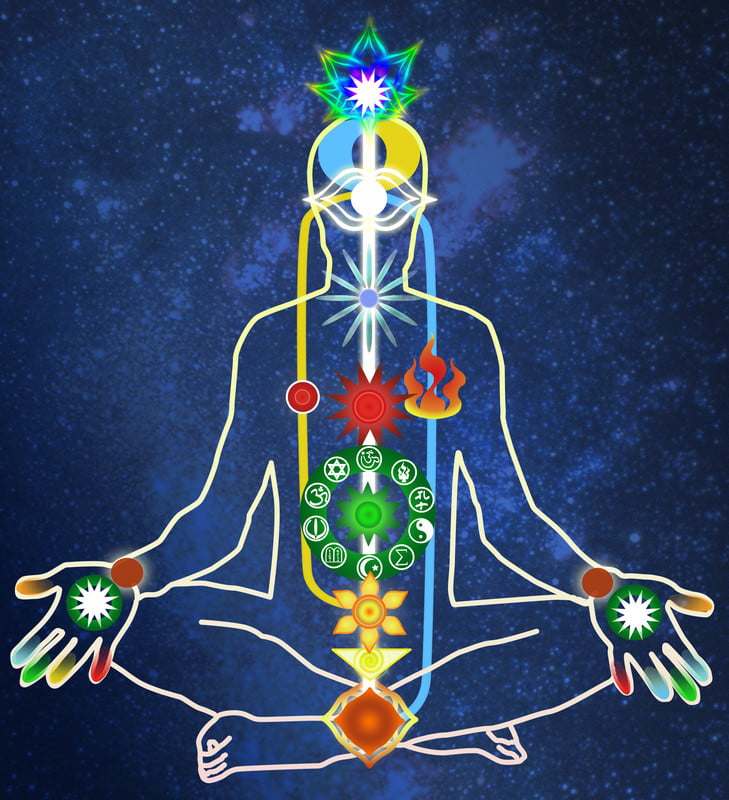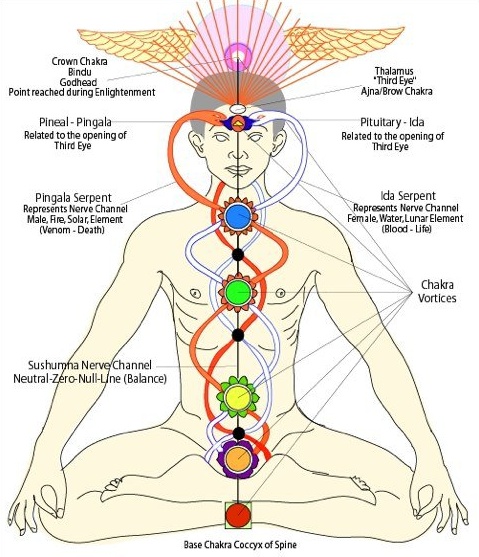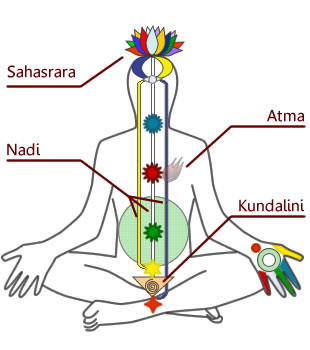
Kundalini is a powerful latent energy in the human body that, when awakened, can lead to a deep and spiritual transformation. This phenomenon has intrigued spiritual seekers and yoga practitioners for centuries. We will dive into the world of kundalini, exploring its origins, its effects and how it can be safely awakened.
Origins and Meaning of Kundalini
The Sanskrit word “kundalini” is derived from “kundala”, which means “coiled up”. This metaphor represents the serpent coiled at the base of the spine, symbolizing dormant cosmic and spiritual energy. In the yoga tradition, kundalini is considered a life force that resides in the base chakra, called Muladhara.
Kundalini Awakening and Personal Transformation
Kundalini awakening is a process that can lead to profound personal transformation. As energy ascends along the spine, it is said to awaken and balance the various chakras, or energy centers, in the body. This can lead to greater self-knowledge, mental clarity, and spiritual expansion.
Effects of Kundalini Awakening
The awakening of kundalini can trigger various physical, mental and emotional effects. Some people report ecstatic experiences and ecstatic states, while others may face challenges such as anxiety, insomnia, or even confusion. It is essential to understand that each individual reacts uniquely to the awakening process of kundalini.
Practices to Awaken Kundalini Safely
Waking up kundalini requires proper preparation to avoid adverse effects. Yoga, meditation and breathing practices can help balance and purify the energy system. The accompaniment of an experienced instructor can be crucial in guiding practitioners through this delicate process.

Risks and Precautions
While awakening from kundalini can be profoundly beneficial, it also carries potential risks. An uncontrolled activation can overwhelm the individual and cause mental or emotional disorders. Therefore, it is essential to practice with caution and be aware of the signs of imbalance.
Historical and Spiritual Figures Associated with Kundalini
Throughout history, various spiritual and mystical figures have spoken about kundalini and its role in spiritual evolution. Ramana Maharshi and Paramahansa Yogananda are two prominent examples who shared their wisdom on kundalini and its effects on human life.
Integration of Experience
After a kundalini awakening, the integration of experience is essential. The ongoing practice of meditation, mindfulness, and self-care help maintain balance and emotional stability. It is an ongoing journey that requires patience and dedication.

Kundalini in Different Spiritual Traditions
Kundalini is not exclusive to yoga; It is also found in other spiritual and religious traditions. For example, in the Taoist tradition, it is known as “the dragon awakening” and is associated with inner transformation and the pursuit of immortality.
Exploring the Deep
Kundalini is an enigmatic energy that can trigger significant spiritual evolution. Your awakening can lead to profound transformation, but it is critical to approach this process with respect and knowledge. Through careful practice and proper accompaniment, it is possible to explore the inner realms and unlock human potential. Let us remember that each individual is unique, and their path to the awakening of kundalini will be a personal and sacred odyssey.
For more articles like this, click here.









